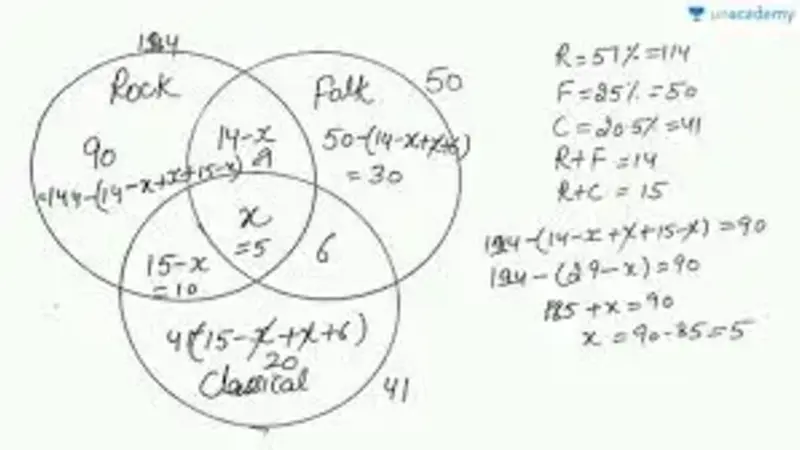Enhancing one’s readiness for banking examinations necessitates a systematic approach, especially when confronting Caselet Data Interpretation tables. These tables often depict intricate data scenarios, demanding adept handling to extract pertinent information efficiently. By employing specific methodologies, aspirants can refine their readiness and elevate their performance in this demanding segment.
Understanding the Importance of Caselet Data Interpretation Tables
Before learning techniques, it is imperative to comprehend the significance of caselet di tables in banking examinations. These tables transcend being mere data repositories; they embody structured narratives encapsulating real-world scenarios. Each table presents a distinct case, compelling candidates to scrutinize the provided data and derive conclusions or resolve issues based on it. Proficiency in this section is indispensable, as it evaluates a candidate’s capacity to interpret and apply numerical data within a time-constrained environment.
Embracing the Context
The first crucial step in tackling these tables involves immersing oneself in the context of the presented scenario. Aspirants must engage in a thorough examination of the caselet, carefully absorbing the provided background information. This careful method guarantees a comprehensive grasp of the narrative’s context, allowing candidates to pinpoint the main variables and reveal the complex relationships among them. With this foundational comprehension established, aspirants can embark on effective data interpretation and adept problem-solving strategies. This initial groundwork serves as the cornerstone for navigating through the complexities of these tables with precision and confidence.
Streamlining Data Complexity
To make complex data more manageable, candidates should break it down into smaller, related categories. This could involve grouping similar variables, such as numerical or categorical data, to create more precise distinctions. Additionally, candidates can use visual aids like charts or diagrams to represent the data more intuitively. For instance, a bar chart might display sales figures over time, while a pie chart could illustrate market share. By organizing the data this way, candidates can navigate through it more seamlessly and uncover important patterns and trends with greater ease. This structured approach simplifies the data and enhances understanding and analysis, ultimately leading to more informed decision-making.
Discerning Patterns
Pattern recognition constitutes a cornerstone in mastering Caselet Data Interpretation tables. Aspirants should train themselves to discern recurring patterns or trends within the data. This might encompass identifying sequences, correlations, or anomalies that could furnish insights into the underlying scenario. By refining this skill, candidates can swiftly discern relevant information and prevent distractions, optimizing their problem-solving efficacy.
Adhering to Strategic Calculation
Candidates may need to perform calculations based on the Caselet Data Interpretation table data. Time constraints require a strategic approach to calculations. Instead of meticulously calculating every data point, candidates should focus on essential calculations to answer the given questions efficiently. This selective method saves time and ensures resources are allocated wisely. By prioritizing critical calculations, candidates can navigate the data and address the questions precisely, optimizing their time and efforts for maximum impact.
Consistent Practice Regimen
As with any skill, mastering these tables mandates consistent practice. Aspirants should acquaint themselves with diverse types of cases and refine their methodologies through regular practice sessions. Mock tests and practice exercises serve as invaluable tools for emulating exam conditions and identifying areas necessitating improvement. Candidates can cultivate confidence and proficiency in navigating Caselet Data Interpretation tables by devoting time to systematic practice.
Proficiency in caselet di tables is crucial for succeeding in banking examinations. By employing the techniques mentioned, candidates can enhance their readiness and performance in this challenging section. Consistent practice and a systematic approach allow candidates to confidently tackle Caselet Data Interpretation tables. This preparation boosts their efficiency and significantly improves their chances of success in banking exams, making them well-equipped to handle the complexities of data interpretation. Visit here for more details.
